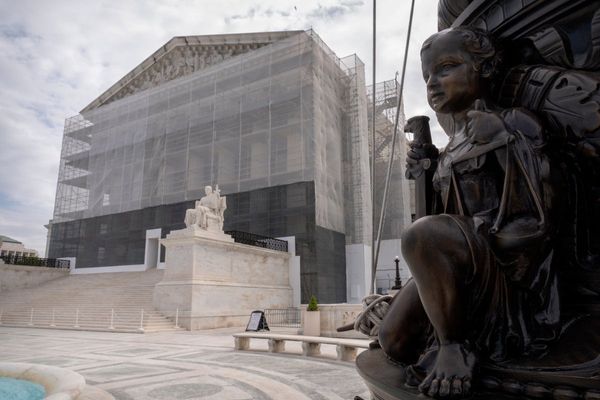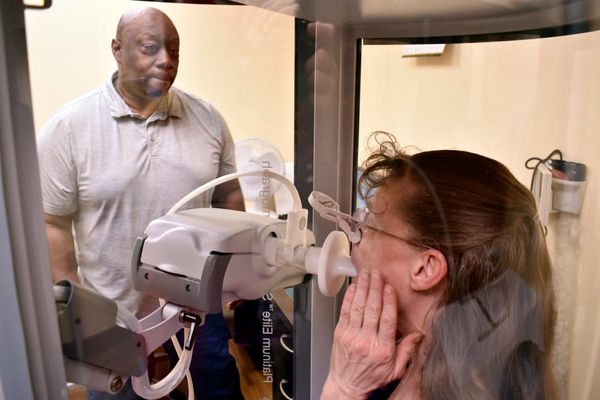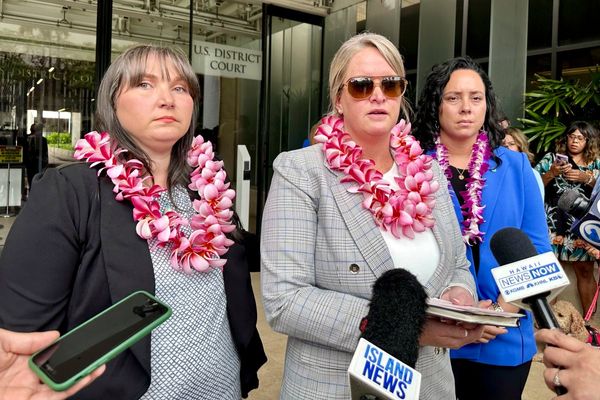
New Delhi: Nearly 75% of road signs, traffic signals and road markings in Delhi are not up to the mark and lead to millions of traffic violations without road users being at fault, says a study released on Wednesday.
The study ‘Resolving the Crisis of Traffic Management’ conducted by the Institute of Road Traffic Education (IRTE) and School of Planning and Architecture (SPA) also revealed that most primary and secondary traffic signals were not functioning as per the prescribed standards or were wrongly installed. IRTE is a non-profit research organization that supports the government for an efficient and safe traffic management system.
More From Livemint »
The study recommended that, “standards of traffic control devices should conform to the UN Convention of Road Signs and Signals” since India is a signatory to the convention.
“There is a dire need for training of police, engineers and consequently all those who are responsible for decision making, operation, maintenance and management of road traffic,” the study said.
A total of 1,514 signs were examined across Delhi in the study which found that 75% (1098) did not meet requirements under the Indian Roads Congress (IRC) Code.
The IRC code has set several parameters for three types of road signs—regulatory, warning and informative. The parameters include characteristics, installation, location and visibility for correct application.
“One of the crucial non-standard applications observed was the insertion of a regulatory or warning sign with another colour board. Out of the 1,514 Signs, 801 signs (54%) were inserted within rectangular boards of either blue or yellow colours. Such insertion of regulatory and warning signs loses the very purpose of colour recognition and therefore makes the signage non-standard (and against the UN code of road signs),” highlighted the study.
Subscribe to Our Newsletter »
“The Motor vehicle Amendment Bill 2016 which is the revision of the Motor Vehicles Act 1988 has been passed by the Lok Sabha and should be tabled in the Upper House during the next session. In order to make the legislation successfully implementable it is important that these deficiencies of traffic control devices must be set right,” said Dr. Rohit Baluja, IRTE president.
The study stressed that hapless road users are liable to be prosecuted with high penalties such as imprisonment up to one year and fine up to Rs5,000 due to faulty road signs and signals defeating the very purpose of the provisions of the new legislation.
The survey conducted at traffic light intersections found that most of the primary and secondary traffic signals were not functioning as per the prescribed standards or were wrongly installed.
“One of the major deficiencies was short blinking green signals used instead of an amber signal. The duration of amber clearance before the red light appears is so short that in present conditions a large percentage of drivers are being caught without any fault,” the study added.
“In India drivers take road signs for granted but at most of the places in Delhi it is hidden, bungled, missing or just plain wrong. Simple road engineering measures like provision of appropriate road markings and traffic signs, minor layout changes in the road junctions are proven measures which significantly reduces road accidents,” said K.K. Kapila, chairman of the International Road Federation, a global body working for better and safer roads.







